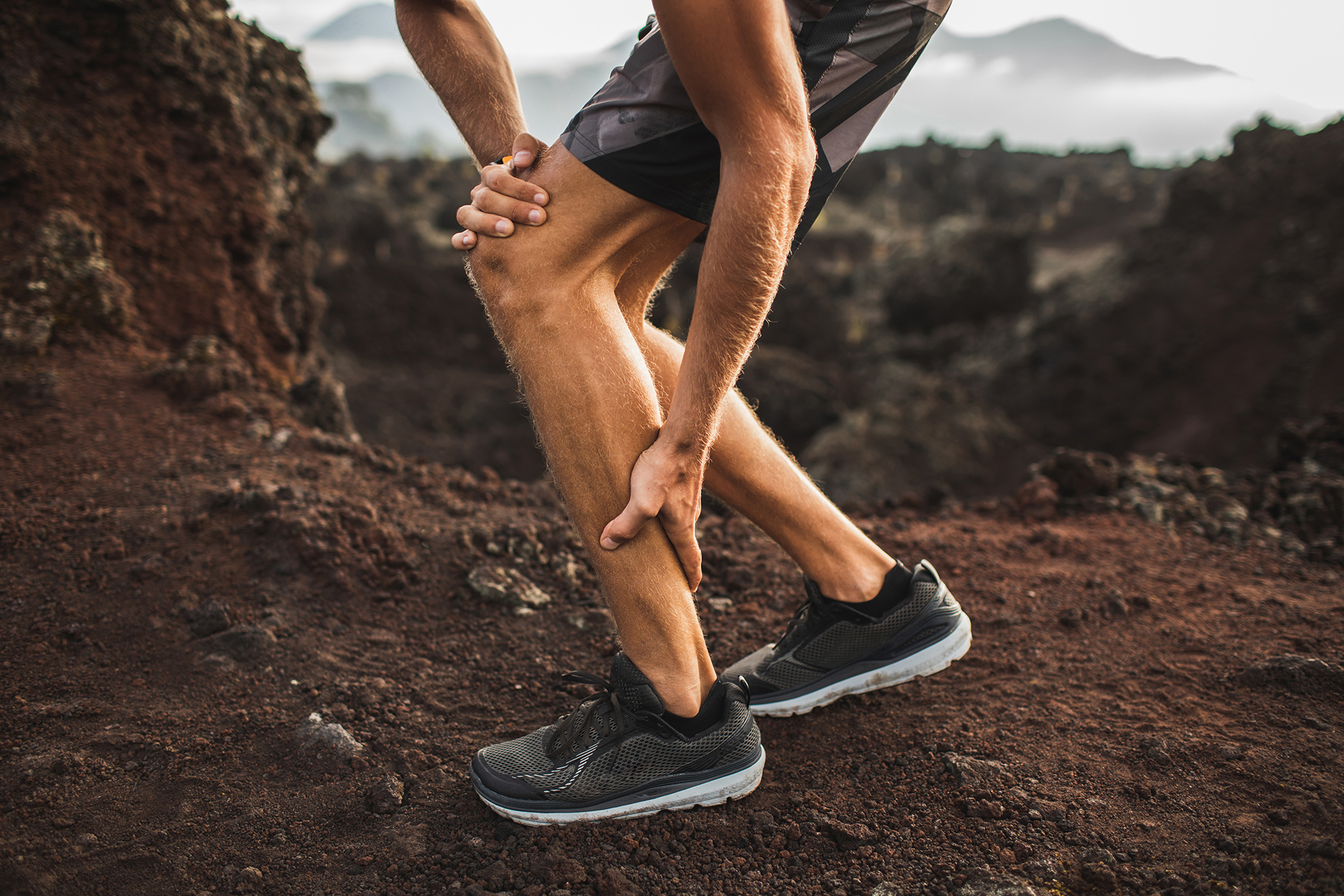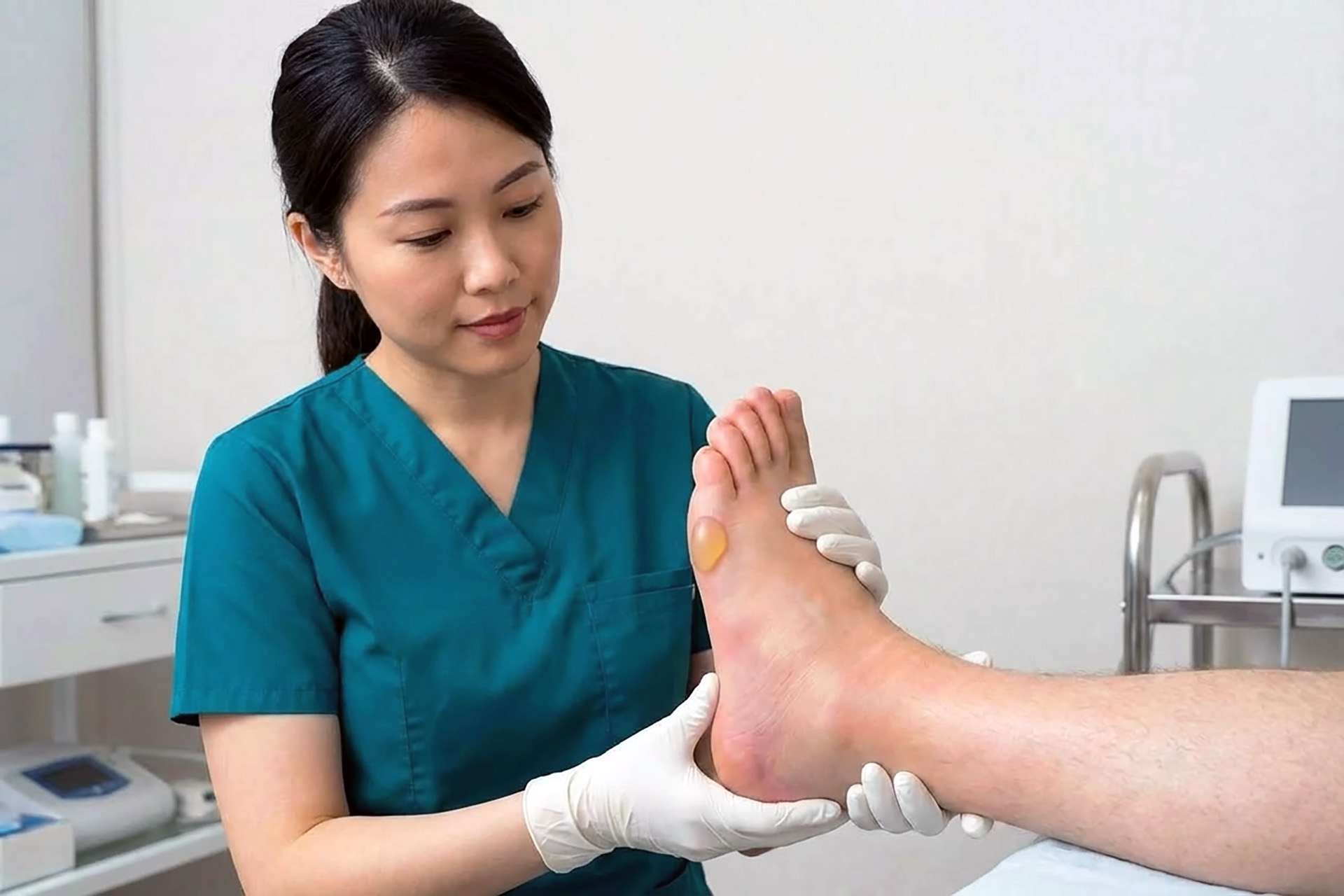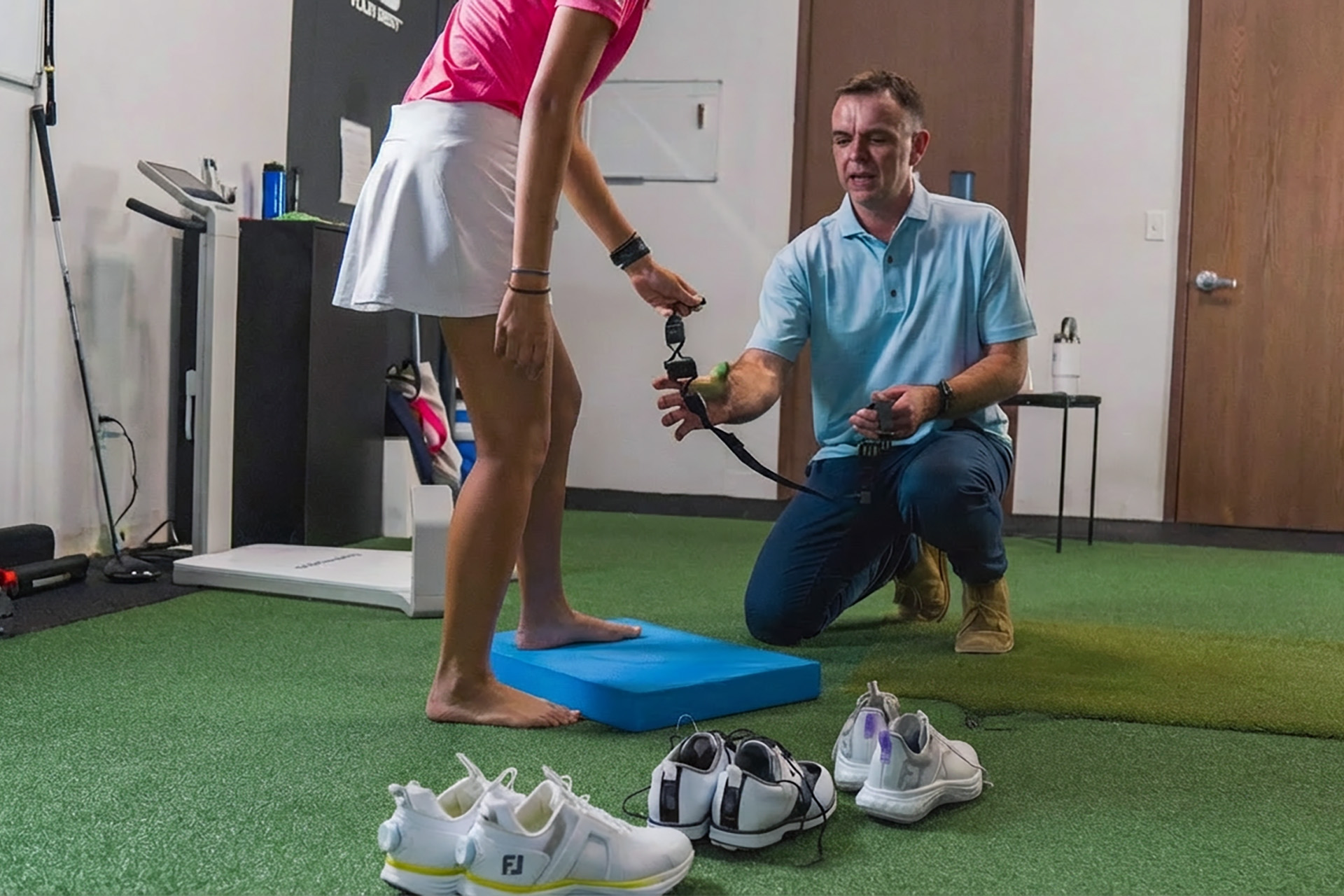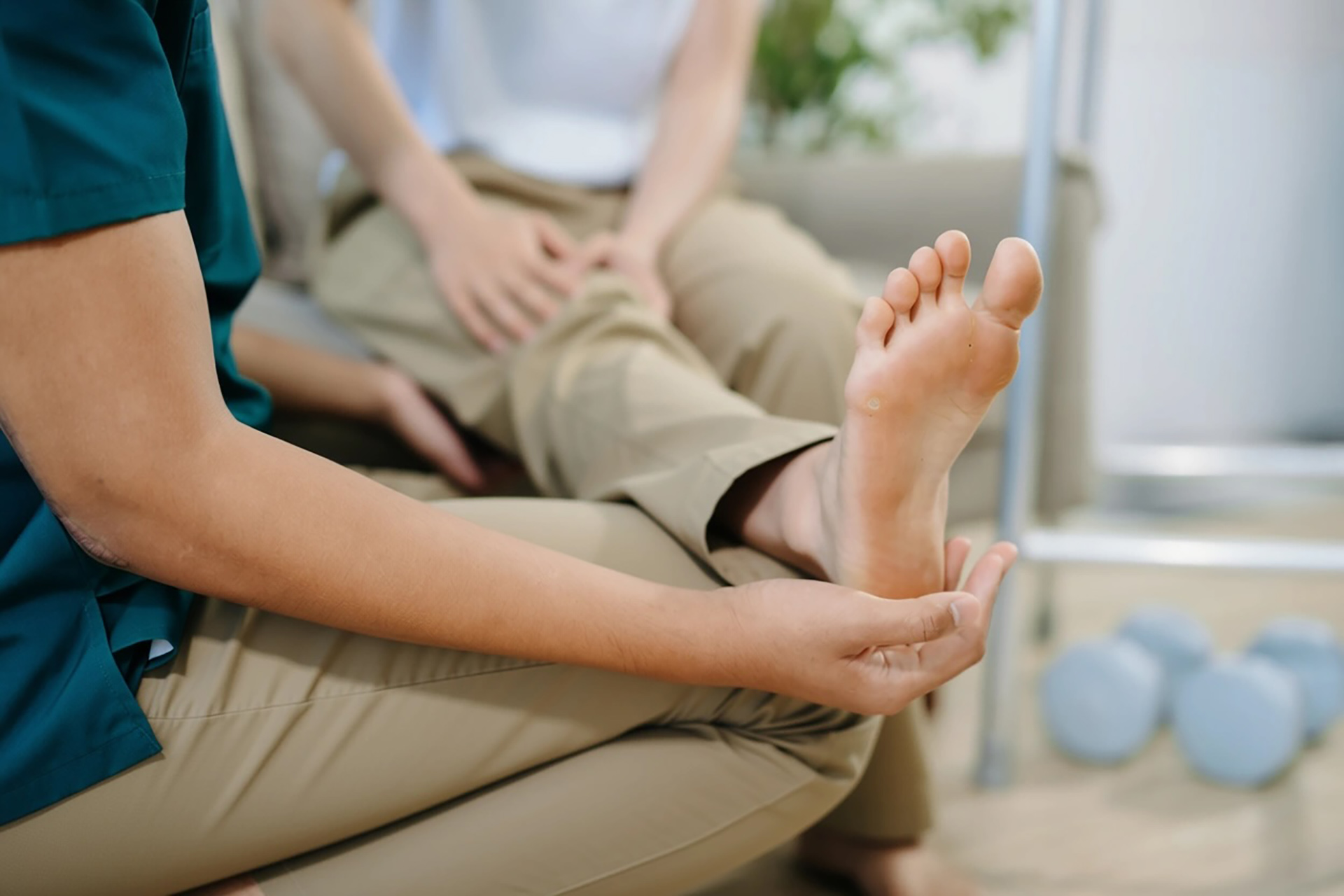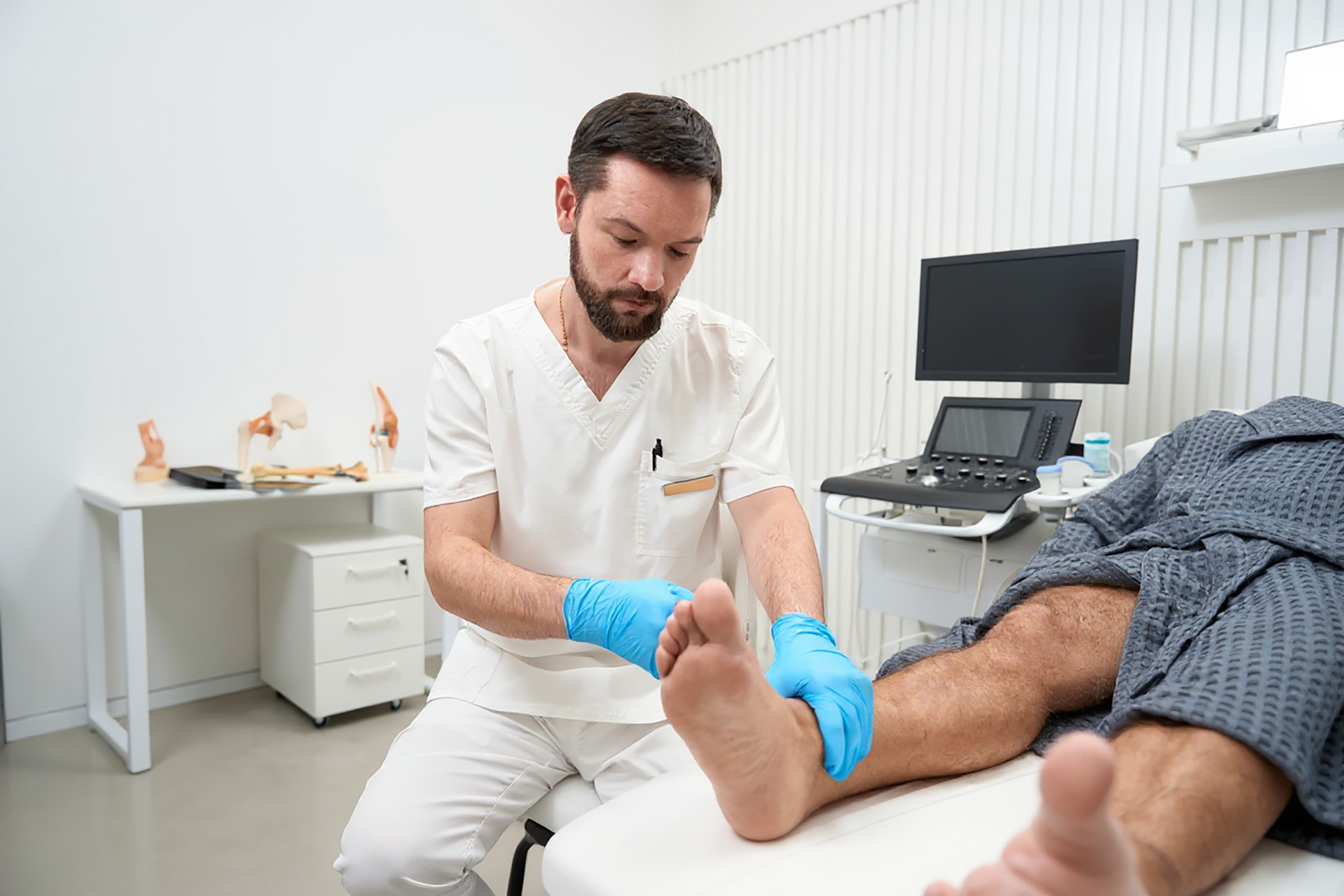Introduction to Achilles Tendonitis
Achilles tendonitis is a common condition that affects the thick band of tissue called the Achilles tendon, which connects the calf muscles to the heel bone. The calf muscles (gastrocnemius and soleus) join together as the Achilles tendon to transmit force from the calf muscles to the heel, allowing individuals to walk, run and jump. The Achilles tendon ’is a critical tendon in the lower leg, and when the tendon in the lower leg gets irritated or inflamed, you may experience pain or swelling in the Achilles tendon, or Achilles tendonitis.
There are two types of Achilles tendonitis: noninsertional and insertional Achilles tendonitis. Insertional Achilles tendonitis affects the lower part of the tendon where it attaches to the heel bone. The Achilles tendon insertion is the specific attachment point to the calcaneus (heel bone), and stress or tight calf muscles in this area can lead to bone spurs or increased pain. Insertional Achilles tendonitis is often associated with overuse or additional stress at this critical point. Noninsertional Achilles tendonitis, on the other hand, occurs above the insertion when the Achilles tendon degenerates or breaks down over time.
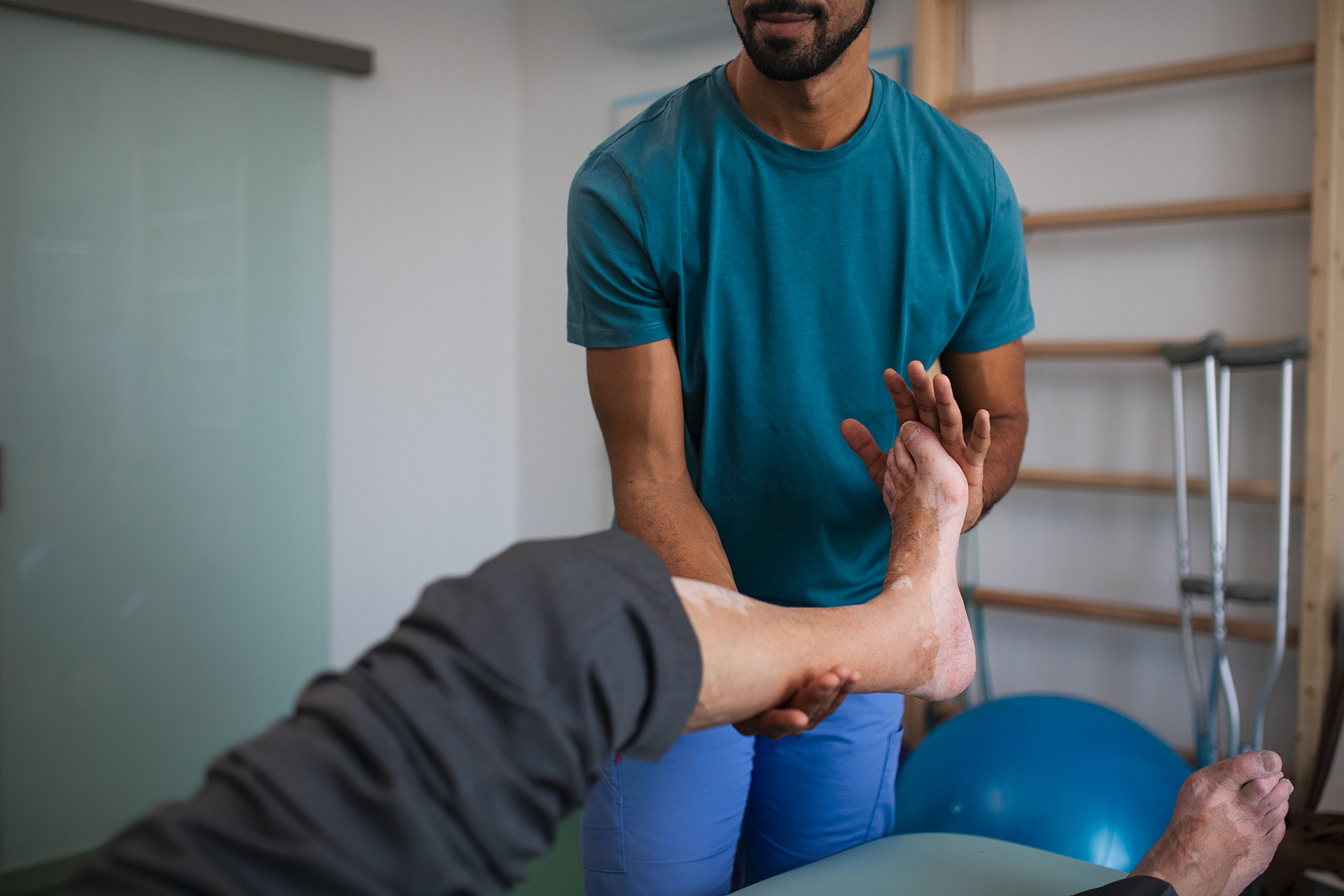
Athletes, especially runners and those who play stop-start sports like basketball or tennis, are the most affected. Middle-aged adults who are active but may not train as consistently are also vulnerable. For some, it’s subtle stiffness, for others, sharp pain can derail performance and even basic mobility. If you are concerned about the risk factors associated with your lifestyle or health, you may want to consider preventive measures or consult a healthcare provider.
The distinction between tendinitis and tendinopathy matters. Tendinitis is short-term inflammation, and tendinopathy is ongoing wear, often involving microtears in the tendon. Both can cause significant pain and functional limitations, and both need prompt care to prevent the tendon from worsening into partial or complete rupture. In severe cases, an Achilles tendon rupture can occur, a sudden and serious injury in which the tendon tears or separates from the heel bone.

Causes and Risk Factors
The most common trigger is overuse. A sudden increase in training intensity, volume or hill running puts enormous stress on the tendon. Without sufficient rest and adaptation, microtears accumulate faster than the body can heal them.
Biomechanical factors are another major culprit. Flat feet that overpronate, high arches, or restricted ankle motion can all cause the Achilles to be loaded unevenly. Tight or weak calf muscles can significantly influence the development and management of Achilles tendonitis, as a tight calf muscle pulls excessively on the tendon with each stride, adding stress. If your calf muscle is weak, you may also experience delayed recovery or increased risk of further injury.
External factors should not be ignored. Poorly fitted or worn-out running shoes, hard surfaces like concrete, and inadequate warm-ups all create conditions that can lead to tendon irritation.
Age also plays a part. As we age, tendon elasticity decreases, making them less resilient to repetitive loads. Medical conditions such as diabetes or rheumatoid arthritis can impair healing and increase the risk of Achilles tendonitis. When these factors combine, the tendon’s natural repair cycle fails, and you get persistent pain and functional limitations. You may have additional risk factors depending on your health or lifestyle.
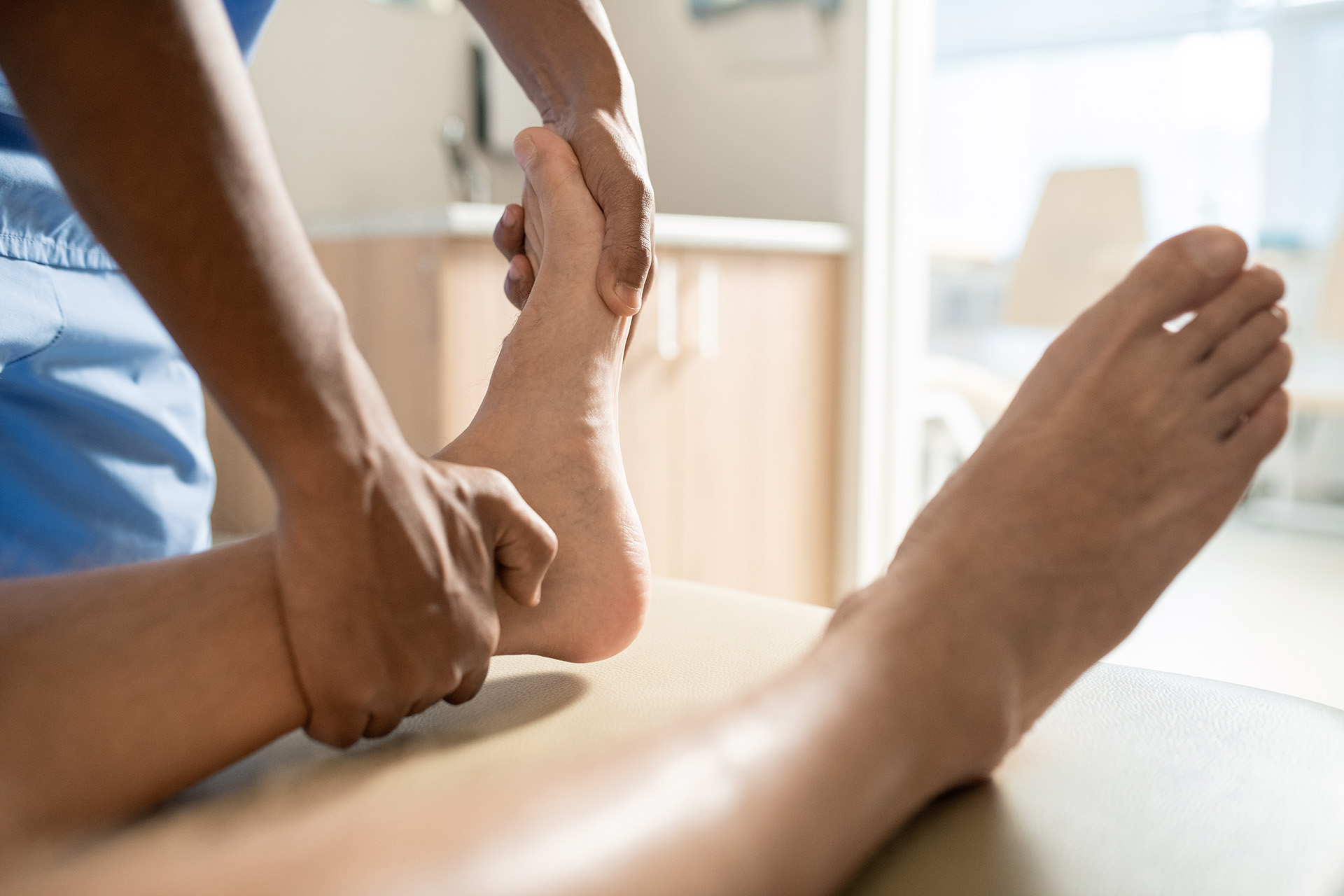
Symptoms and Early Warning Signs
Achilles tendonitis creeps in gradually. Initially, it may manifest as stiffness in the morning or tenderness after a long run. The pain is usually felt on the Achilles tendon at the back of the heel or slightly above, and is worse during or after activity. Climbing stairs or pushing off during sprints will also exacerbate the pain.
As it progresses, swelling or a noticeable thickening may develop along the tendon. Some experience warmth or a grinding sensation. Symptoms vary depending on which part of the tendon is affected: mid-portion Achilles tendonitis affects the tendon higher up the leg, while insertional Achilles tendonitis, also called “insertional Achilles”, strikes where it attaches to the heel bone. The Achilles tendon insertion is the anatomical site at the back of the heel where the tendon connects to the calcaneus, and this area is especially prone to pain, irritation and sometimes bone spurs.
Ignoring these signs can turn a manageable condition into a chronic challenge. Spotting flat foot ankle pain, flat foot arch pain, or related symptoms early often reveals underlying biomechanical contributors that a podiatrist can address before damage escalates.
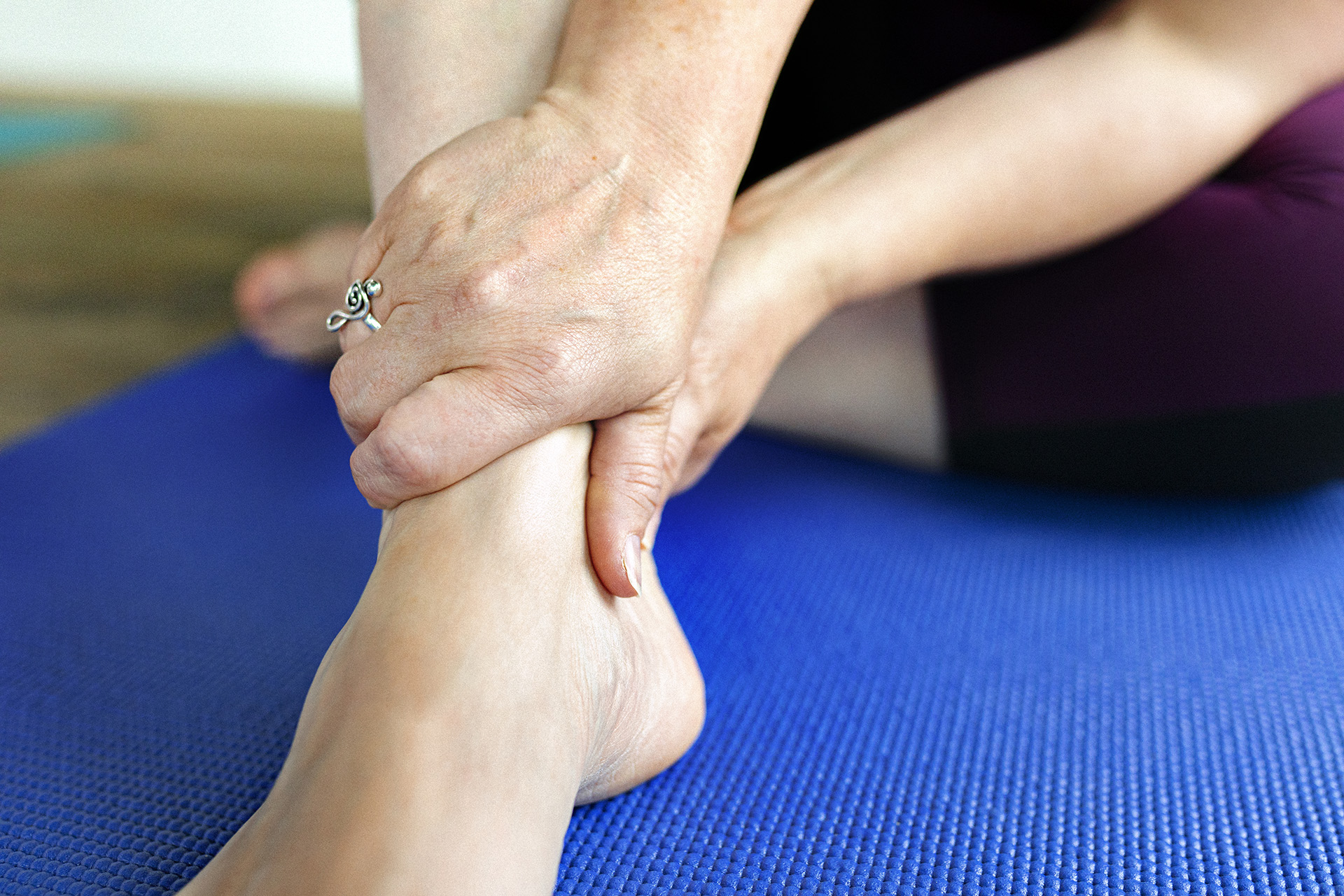
Diagnosis and Assessment
A podiatrist will begin with a hands-on examination, palpating the tendon for signs of swelling, tenderness, and thickening. They may assess calf flexibility, ankle range of motion, and functional movements, such as heel raises, during a comprehensive foot and ankle assessment to identify contributing factors.
Gait analysis is key. Using tools like RehaWalk pressure-sensor treadmill systems, podiatrists can observe how your feet strike and roll, as well as whether flat feet with overpronation are loading the tendons. This advanced technology reveals subtle imbalances that traditional exams miss.
Imaging tests, such as ultrasounds, MRIs and X-rays, are often recommended for persistent or severe cases to assess the severity and confirm the diagnosis. X-rays can also show bone spurs or calcifications within the tendon. Early assessment prevents degeneration from spiralling into a rupture, which can require surgical repair involving the evaluation and possible release of the tendon and muscle from the bone, followed by many months of rehabilitation.
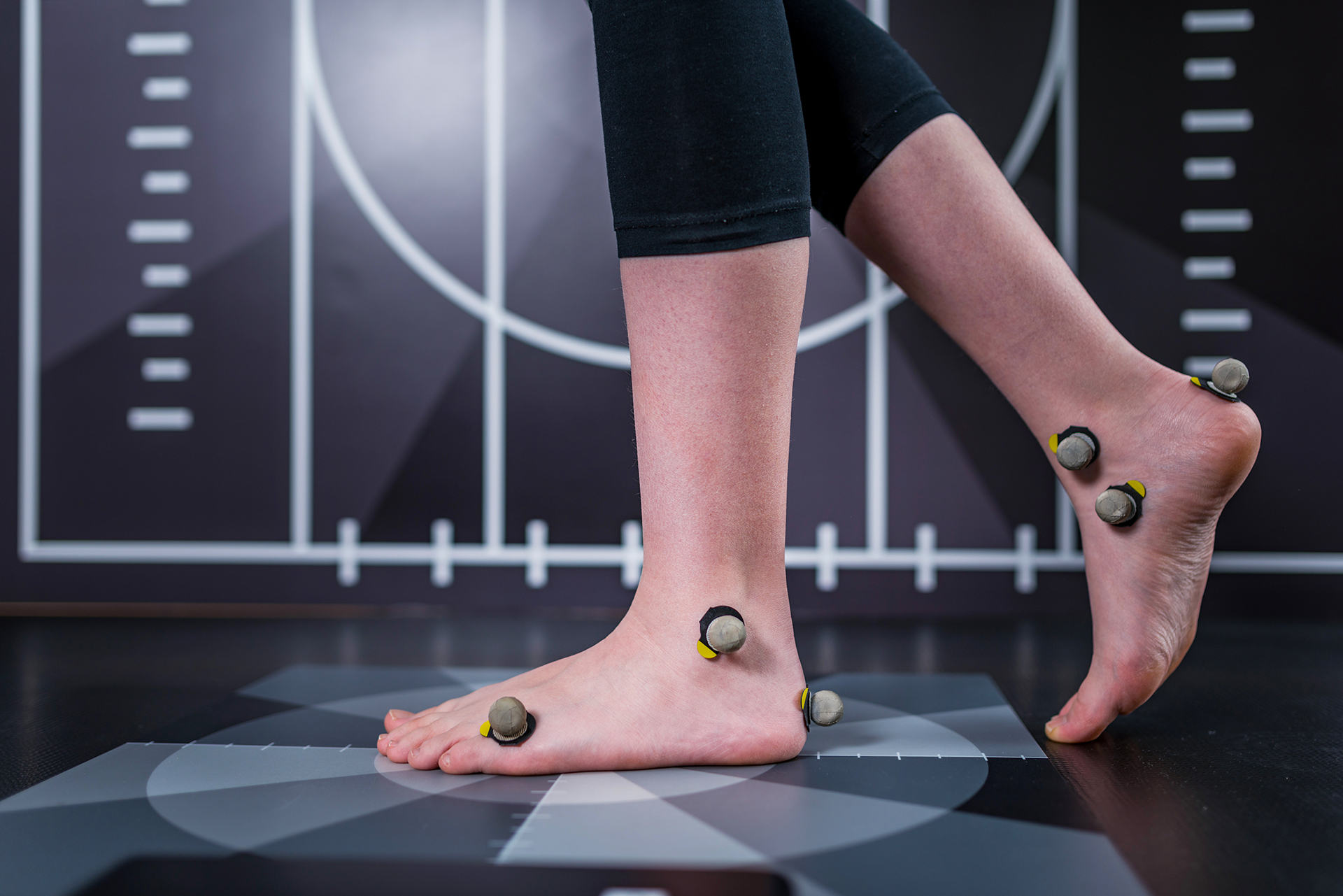
Evidence-Based Treatment Options
Conservative First-Line Care
Most patients recover with non-surgical approaches. The first step is to rest and modify activity. This doesn’t mean complete immobility, but rather adjusting the load by swapping high-impact sessions for low-impact alternatives, such as swimming or cycling.
Physical therapy for Achilles tendonitis focuses on eccentric calf loading, where controlled lowering exercises help rebuild tendon resilience. Stretching tight calf muscles and strengthening surrounding structures, such as the glutes and core, is part of a holistic approach. Exercises to strengthen the calf muscles are essential as they support the Achilles tendon and aid in recovery. Calf muscle rehabilitation is particularly important for restoring flexibility and strength, as well as reducing the risk of further injury.
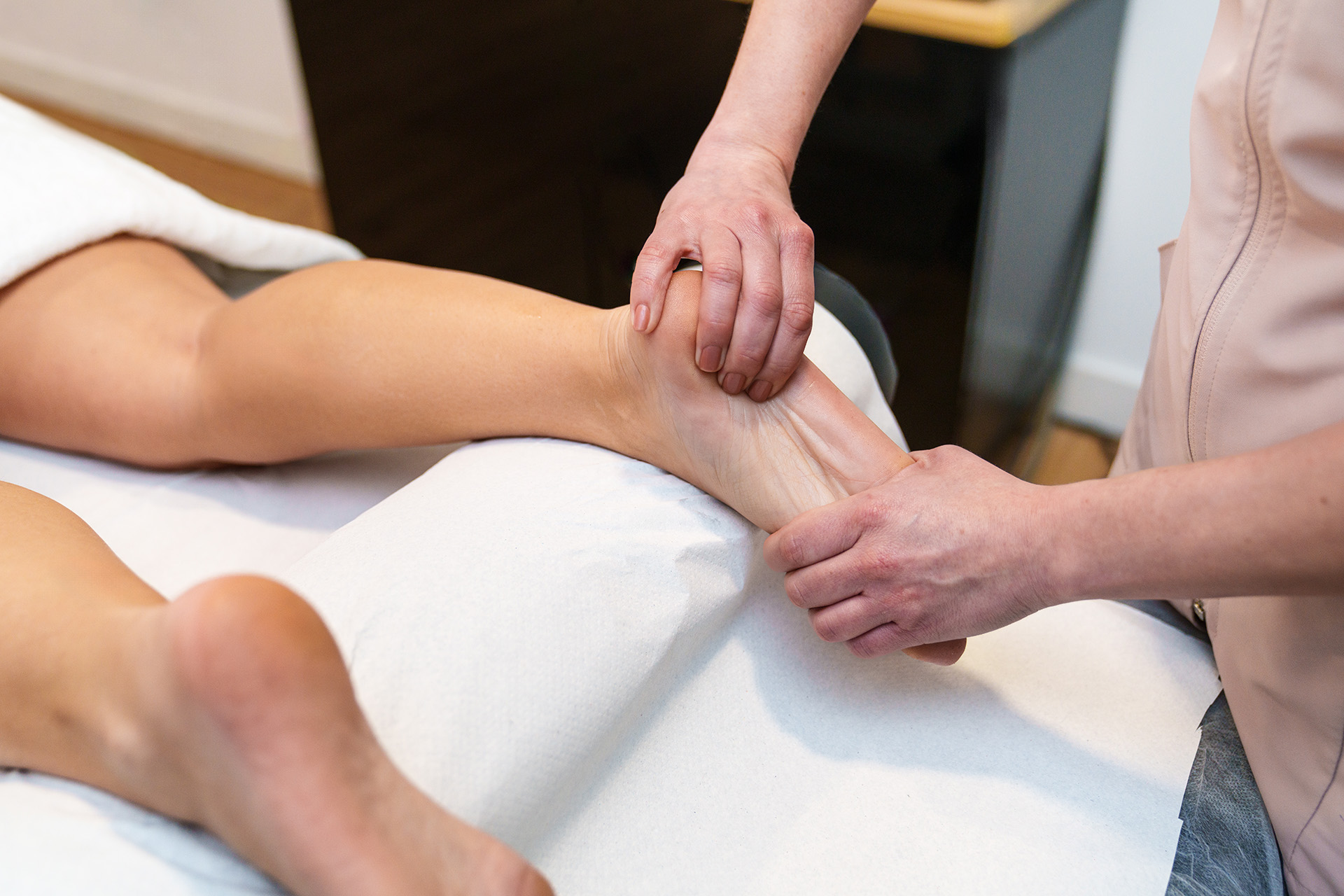
Advanced and Supportive Interventions
RehaWalk systems also go beyond diagnosis. The system guides rehabilitation by retraining gait patterns, helping patients return to pain-free movement. Foot mobilization therapy complements this by gently improving joint mechanics.
Shockwave Therapy is another evidence-based option, stimulating blood flow and triggering healing responses in chronic cases where traditional care stalls. Combined with mobilisation exercises to restore ankle and foot alignment, this reduces pain and enhances tendon recovery.
Custom orthoses play a significant role when biomechanical issues are to blame. A footwear assessment can identify misalignment, and inserts tailored to your needs reduce strain at every step. Many people ask about the best inserts for Achilles tendonitis, and the answer is rarely an off-the-shelf solution. Custom-made insoles are more effective for long-term relief.
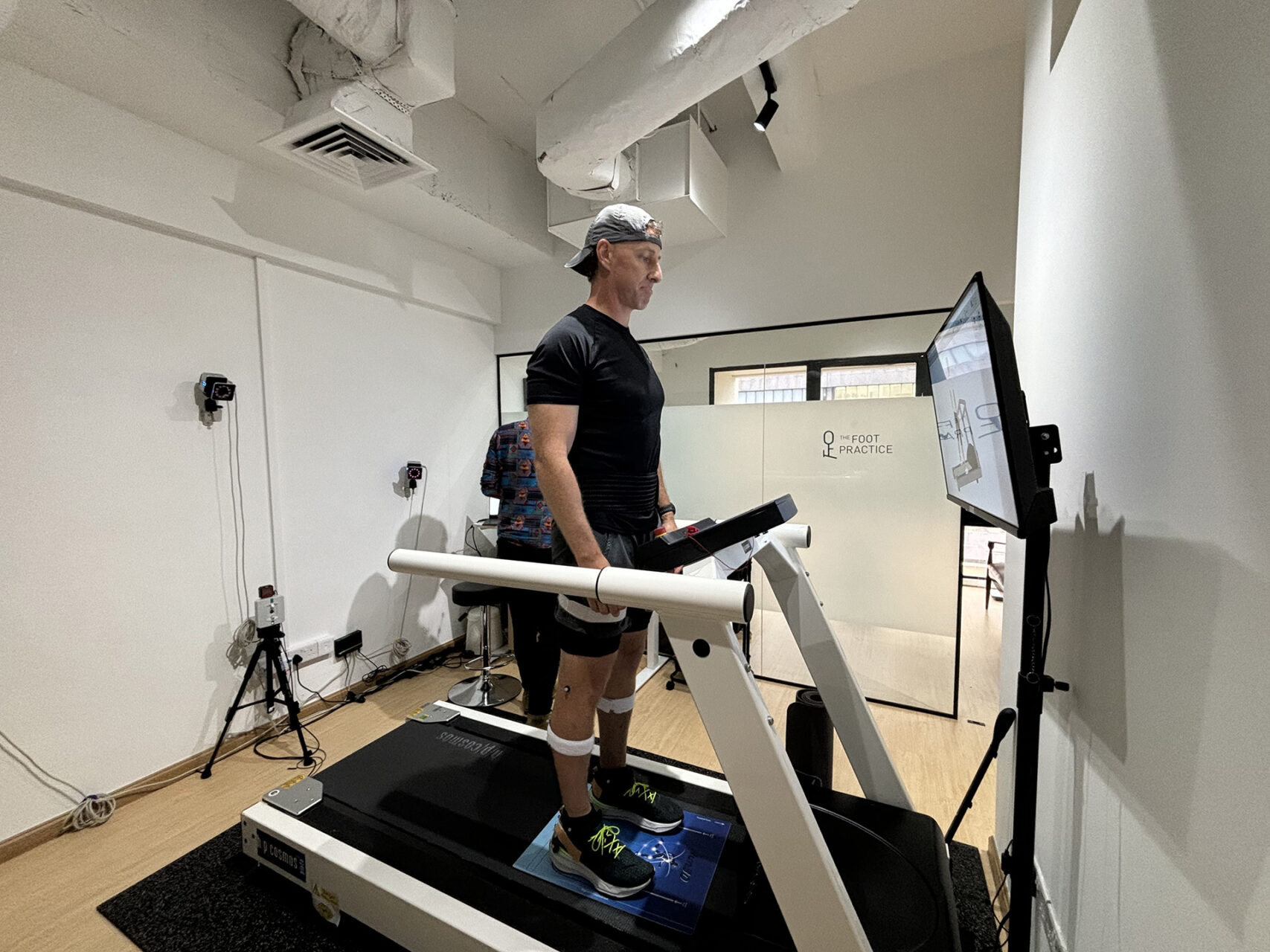
Surgery
Surgery is rare but sometimes necessary. If pain persists beyond 6 months with comprehensive conservative care, debridement or repair of the tendon and surrounding tissue may be considered. Surgery may target the part of the tendon most affected by degeneration or inflammation. In some cases, an Achilles tendon rupture, a complete tear or separation of the tendon from the heel bone, may require surgery. These procedures are for cases where degeneration, partial rupture or complete rupture limits function. Recovery is a long process, but for some, it’s the only way to regain mobility.
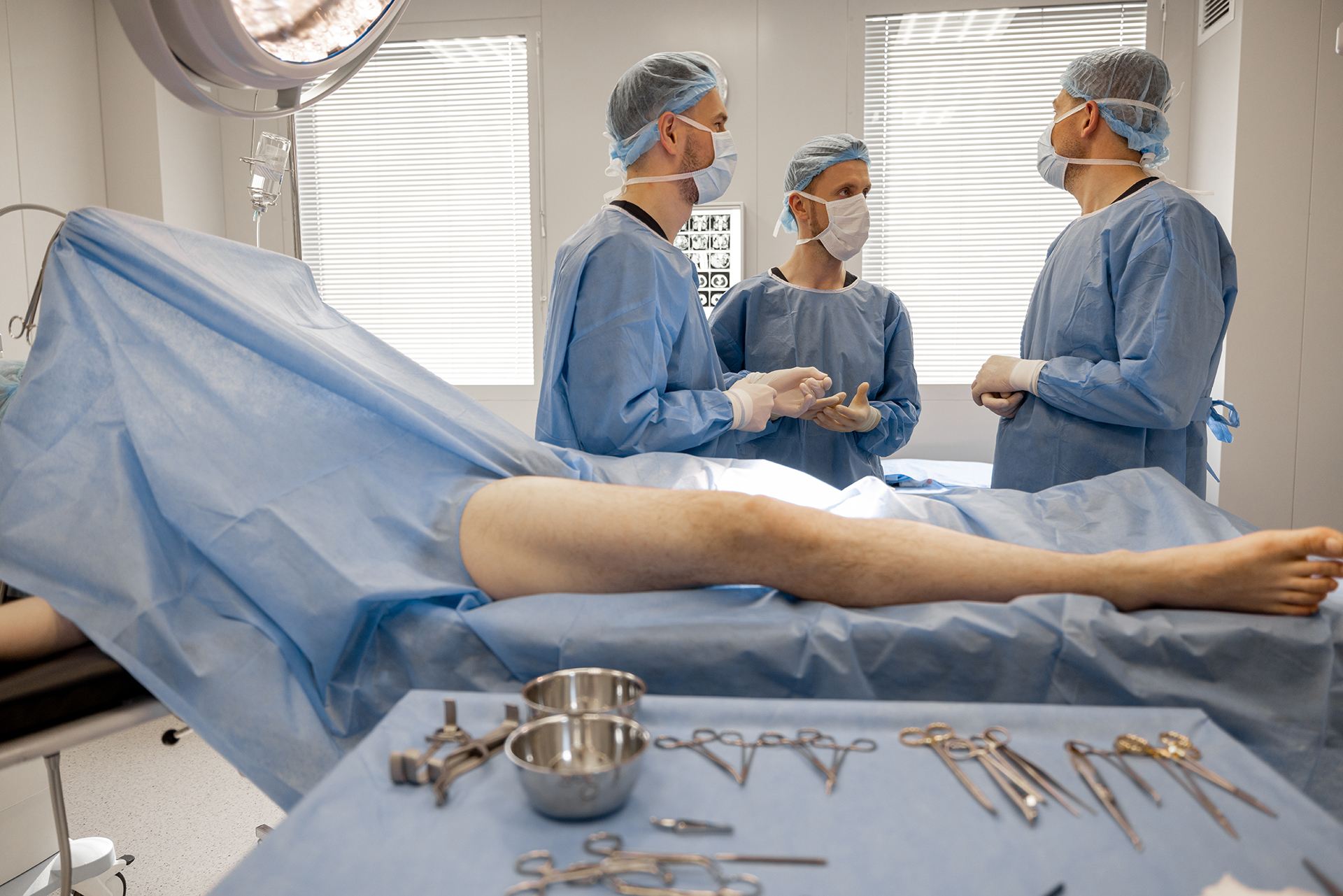
The Importance of Rest in Recovery
Rest is the foundation of recovery from Achilles tendinitis. When the Achilles tendon is inflamed or irritated, continuing high-impact activities such as running or jumping can exacerbate the condition and prolong the healing process. This doesn’t mean you have to stop all movement; gentle stretching and low-impact activities can often be done, but you must avoid activities that put excessive strain on the tendon.
Modifying your daily routine is key. This may mean taking regular breaks to stretch, avoiding heavy lifting and activities that trigger pain. Resting the tendon creates an optimal environment for other treatments like physical therapy to work. Shoe wear modification, such as switching to supportive shoes or using orthoses, can further reduce stress on the Achilles and aid in recovery. Remember, while rest is essential, it should be part of a comprehensive treatment plan that includes targeted exercises and professional guidance to ensure a complete and lasting recovery from Achilles tendinitis.

How To Cure Achilles Tendonitis Fast
Many want to know how to cure Achilles tendonitis fast, but the reality is that tendons heal slowly. The time it takes for Achilles tendonitis to heal depends on several factors, including the severity of your condition, adherence to treatment, and your underlying biomechanics. Mild cases typically resolve within a few weeks, while chronic cases may take several months.
With structured rehabilitation, most individuals improve within weeks to months, but full recovery may take longer. Supervised rehab ensures exercises are progressed safely. Initially, pain-free movement and gentle strengthening predominate. Gradually, patients return to sport-specific drills and then progress to full training. Strengthening the calf muscles, along with glute and core strength, is prioritised to reduce the risk of reinjury. Maintaining calf muscle strength is especially important for optimal recovery.
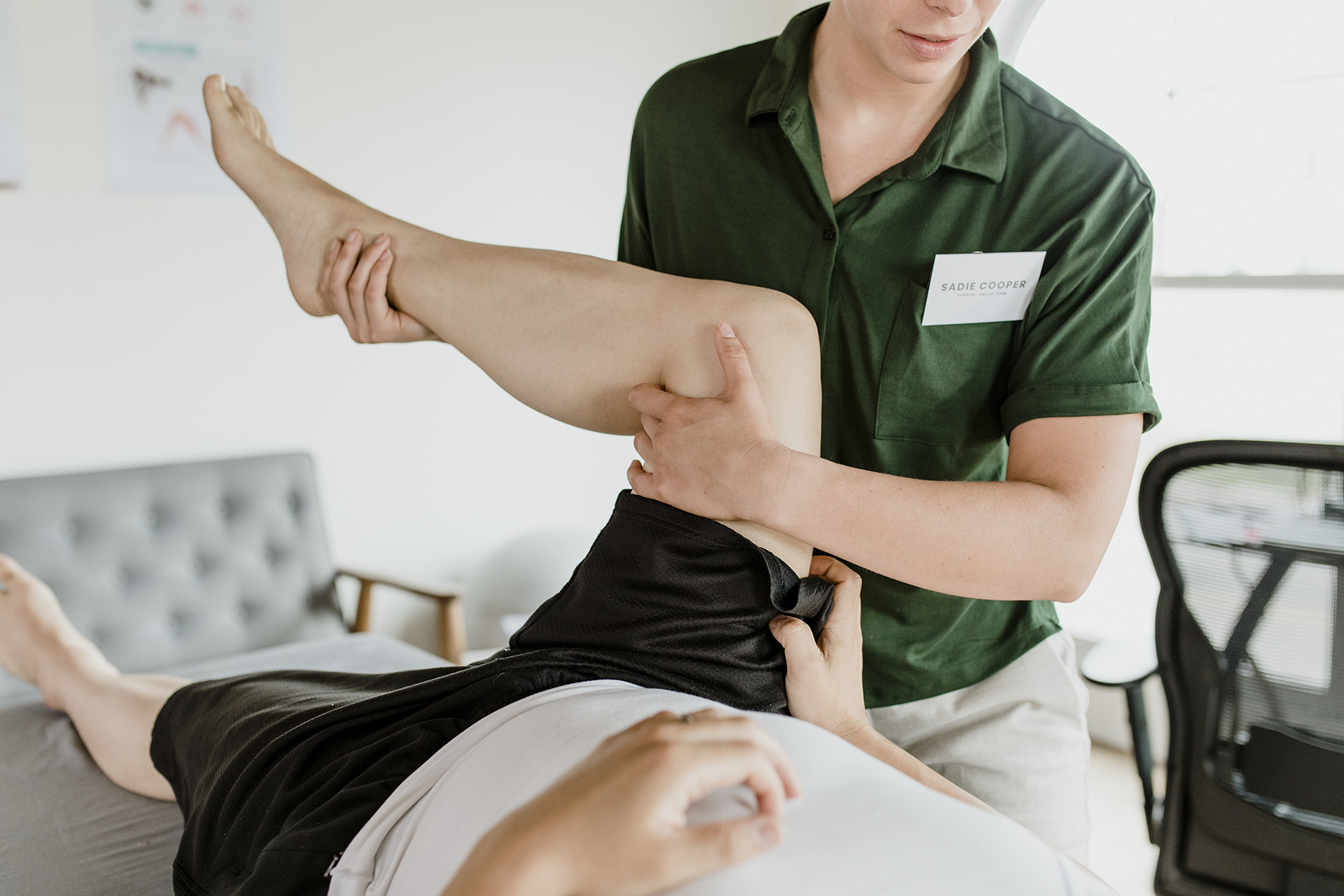
Is Achilles Tendinitis a Chronic Condition?
Achilles tendinitis can become a chronic condition if not managed properly. When the tendon is repeatedly stressed without adequate management, symptoms of Achilles tendinitis can linger for months or even years. Chronic Achilles tendinitis increases the risk of further tendon damage, potentially leading to more severe issues, such as an Achilles tendon rupture.
Addressing the symptoms of Achilles tendinitis early and following through with recommended care prevents the condition from becoming chronic. In rare cases where conservative treatments don’t work, surgery may be considered to repair the tendon and restore function. By taking proactive steps and seeking professional help, you can minimise the risk of long-term pain and disability from Achilles tendinitis.
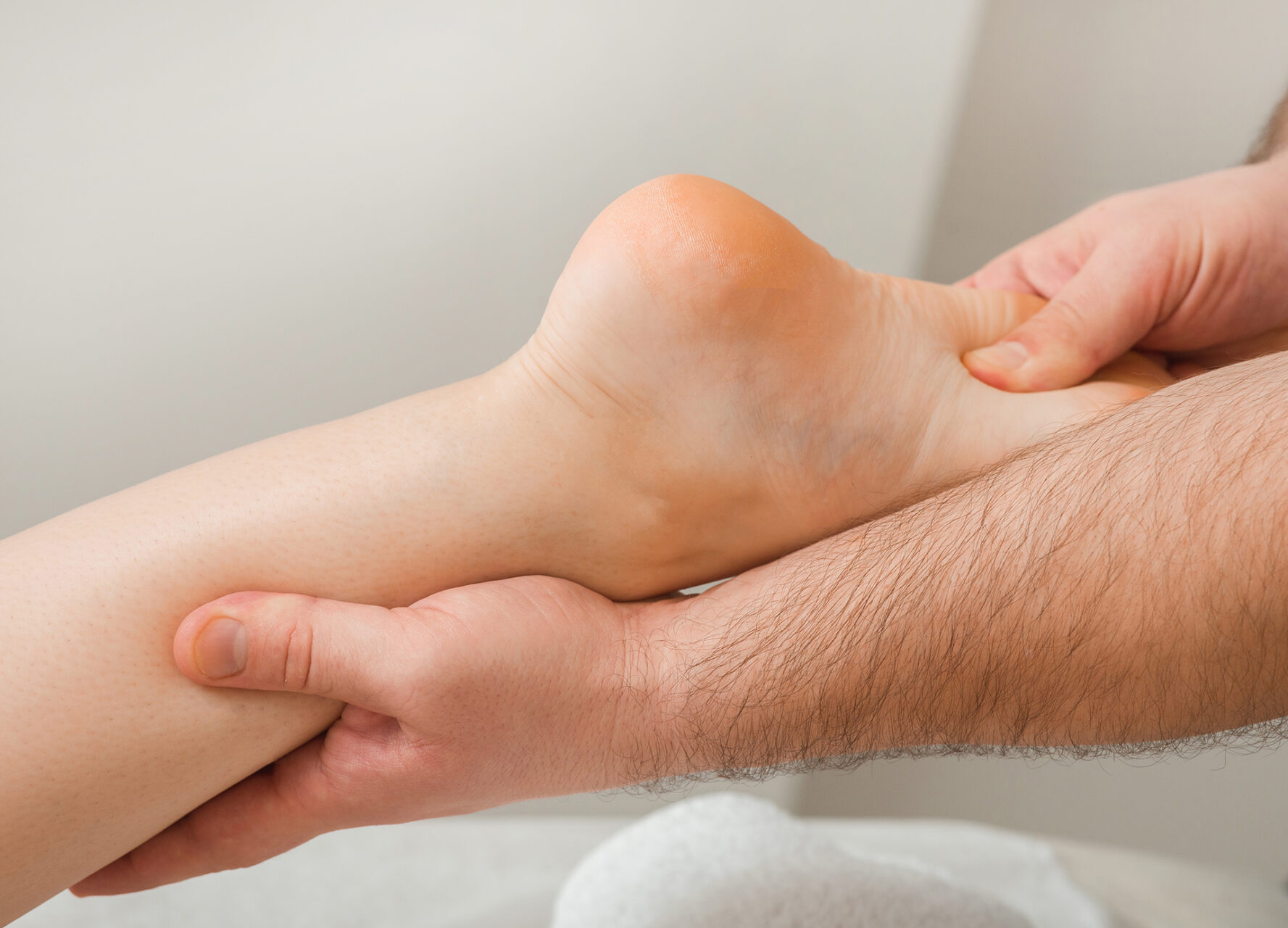
Preventing Achilles Tendonitis
Prevention is about respecting load and recovery. Training should progress gradually, with no sharp increases in mileage or intensity. Shoes should be replaced before cushioning breaks down, and footwear assessments can ensure proper support for your foot type and address the specific needs of your Achilles tendon and calf muscle flexibility.
Mobility and strengthening exercises for the calf muscles are not extras but part of sustainable training. Regular calf stretching, balance drills, and eccentric calf strengthening exercises reduce strain on the Achilles tendon. Cross-training with cycling or swimming maintains cardiovascular fitness while sparing the tendons.
For individuals with flat feet or gait issues, custom orthoses provide a long-term safeguard. Regular podiatric check-ups can catch early warning signs and offer timely adjustments to your feet before tendon pain returns.

When to See a Podiatrist
If you have persistent heel pain for more than two weeks or swelling that makes walking difficult, professional help is essential. You may notice pain that spreads into the calf, stiffness that alters the way you walk, or a sudden, sharp snap. These could be signs of an Achilles tendon rupture, which requires urgent medical attention. You may also experience symptoms that suggest your condition is getting worse, so consider your risk factors and activity level.
For most, Achilles tendonitis is not permanent if you get treatment early. Left untreated, it can become chronic and impact your quality of life. This is why getting treatment early makes all the difference.
If you are suffering from Achilles tendon pain and want a lasting Achilles tendonitis cure, book an assessment with The Foot Practice. Our expert podiatrists combine clinical expertise with advanced technology to get you back on your feet.

